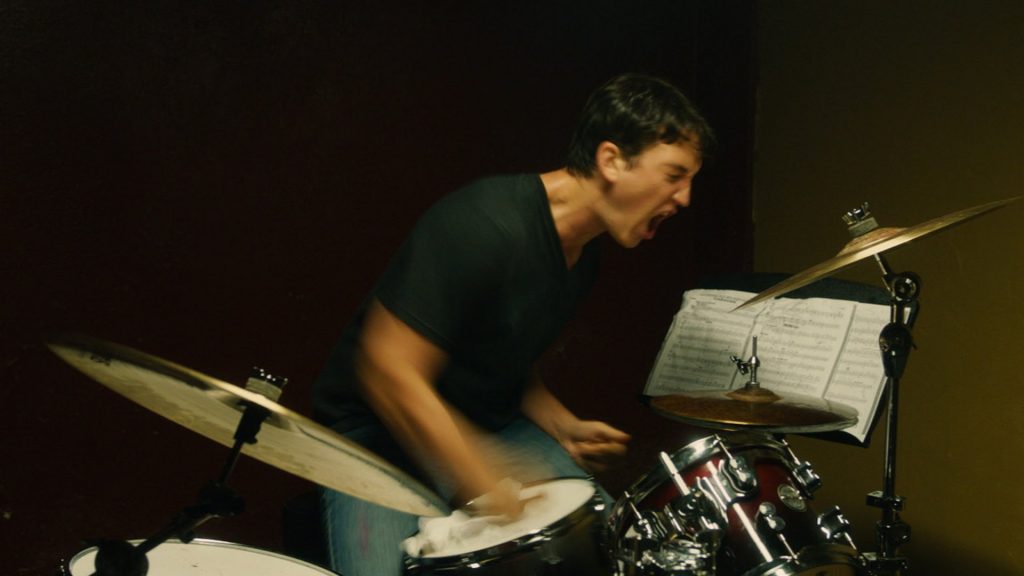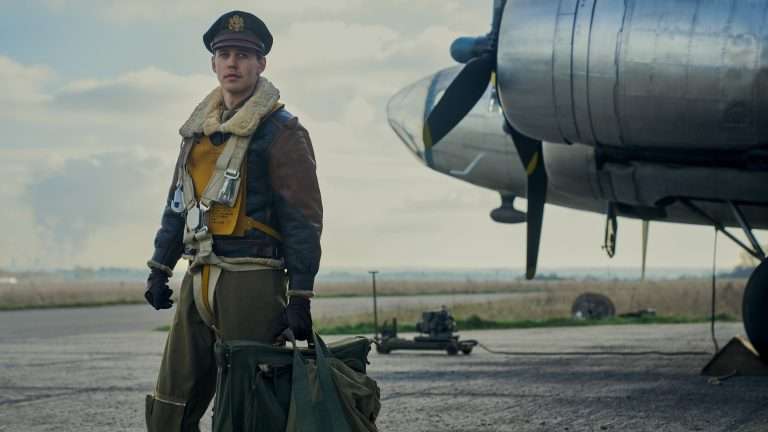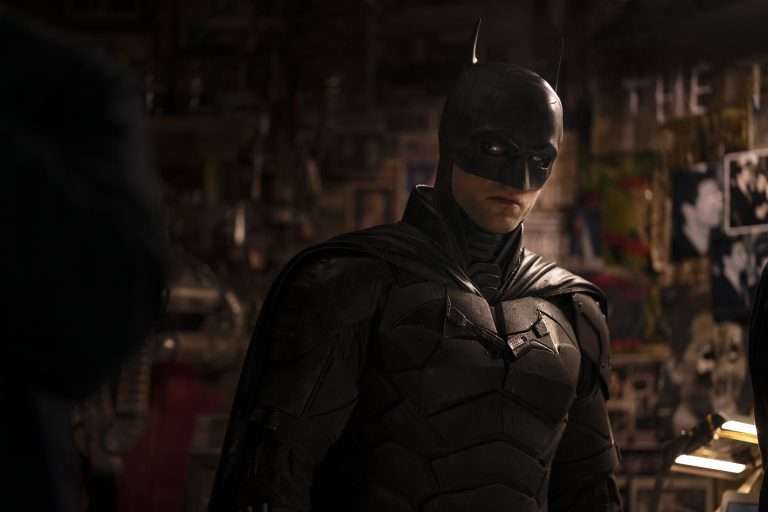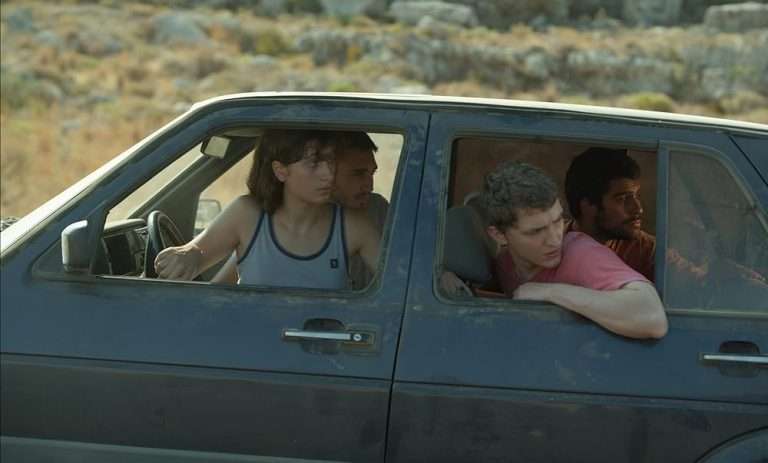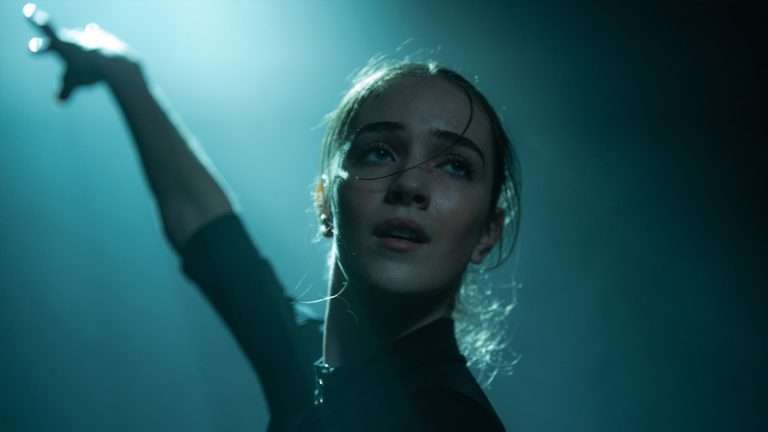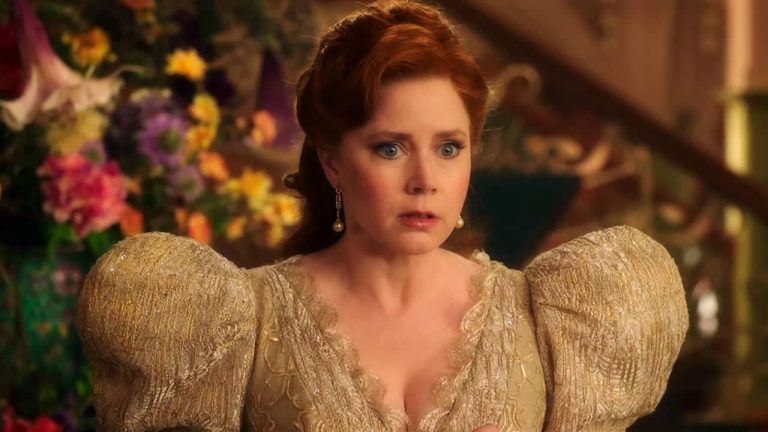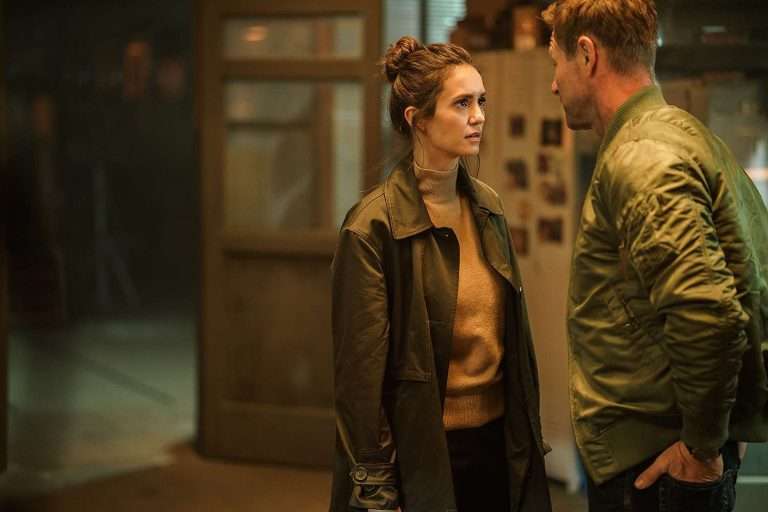Damien Chazelle’s coming-of-age drama ‘Whiplash’ is a film that uses its musical soundtrack to deconstruct, in fact, musicals. It is evident from how the band in performance is shot in obscure angles and the way the edit is paced; to frighten (the audience), as New York’s finest belt out John Coltrane: a stalwart of abstract jazz, a madman.
Whiplash Final scene begins with Terence Fletcher (JK Simmons) supposedly revealing to Andrew Neiman (Miles Teller) that he’s known all along that the student that complained to the school administration was him, after gaining his trust at the very beginning of the last act. This comes as a shock to Neiman as well as the viewer and sets up an intriguing conclusion to the film: the final battle. Fletcher announces the first song and – as it turns out – had lied to Neiman about the evening’s catalogue; Neiman doesn’t have notations to the song and begins to panic.
Related to Whiplash Final Scene: Slightly Overrated Film: Whiplash (2014)
The song, Upswinging by Tim Simonec, is powerful, dynamic and helps build immense anticipation, as it is accompanied by Neiman’s off-time drumming struggle – it is nerve-wrecking to watch our protagonist, Andrew Neiman, fail so miserably on what was supposed to be his big day. What also elevates the film to masterpiece status is the use of silence, which is as inspired and effective as the use of music.
The score is at its quietest and least interruptive when Andrew shares a moment with his father backstage after his failure and – in silence – heads back to finish what he started.
From a mulling silence, the viewer is immediately thrust into the high energy Latin Jazz standard Caravan, as our protagonist rises from his ashes, from his damnation. Damien Chazelle makes these drastic turns in the narrative very often, keeping the viewer anxious and on edge.
Similar to Whiplash: And Then We Danced (2019): Cannes Review
Chazelle expresses rage and violent catharsis through the choice of jazz, as is evident in the moment when Fletcher threatens to gauge Neiman’s eyes out, as Neiman defiantly plays Caravan and responds to Fletcher by striking the cymbal in his face – a tongue-in-cheek moment that expresses the real angst behind the choice of music and visual style.
As the Whiplash Final Scene progresses, though, it presents us with another layer wherein the viewer slowly begins to notice and register that Fletcher and Neiman – despite their hatred for each other – are finding catharsis in this violence and actually bonding during the out-of-body performance: this is when the flamboyant drum solos begin.
In the final leg of the scene, Neiman plays the final drum solo to the song, after a diminuendo, as Fletcher observes and guides his trance in awe.
As the final solo, after its multiple time-signature changes, comes to a close, the viewer realizes that the relationship between Neiman and Fletcher in the film, as they find catharsis in the end, is similar to the ethos of Jazz music, particularly modern Jazz – a labour of pain and dissent, but the pain might just be worth it.
Also by Damien Chazelle: La La Land (2016): A Los Angeles Fairy Tale
The film ends with Neiman and Fletcher smiling at each other, leaving the audience pondering about the difference between passion and masochism.


